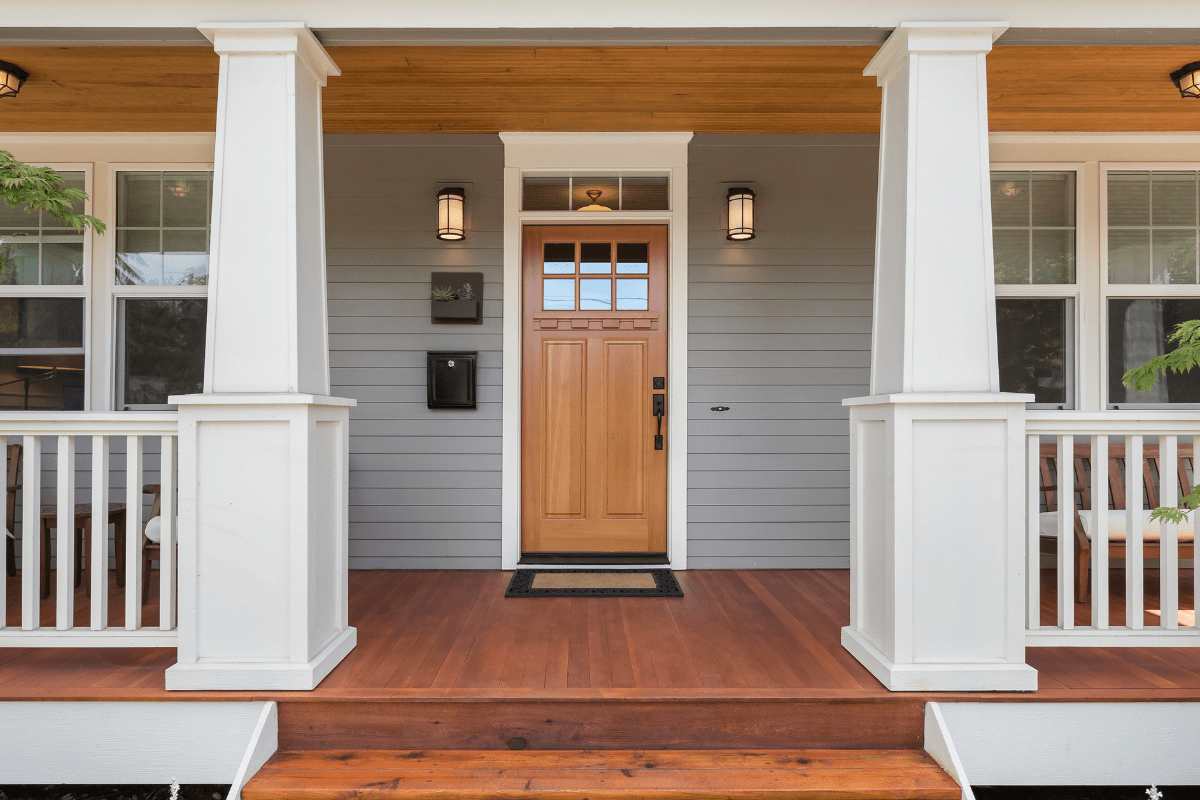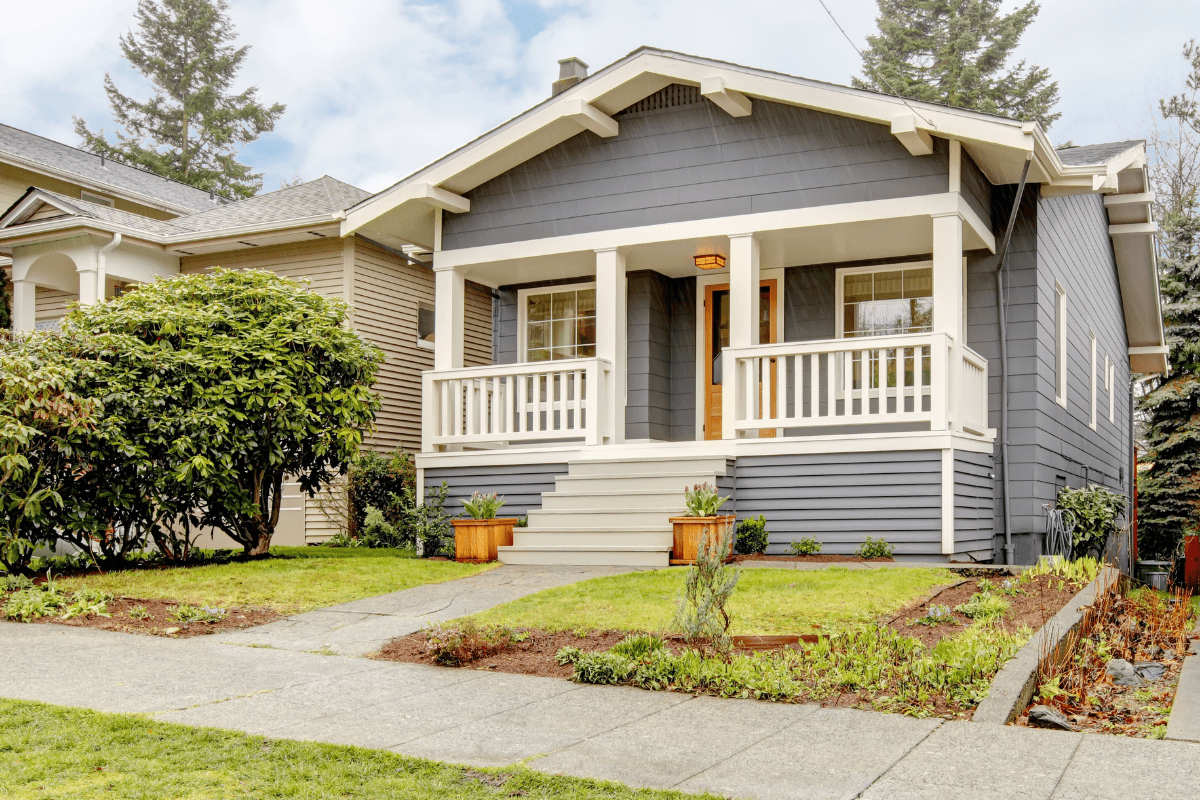Illinois homeowners face unique financial challenges, from harsh winters driving up heating costs to some of the nation's highest property taxes. The good news? Strategic planning and knowledge of available programs can save thousands annually… and I'm about to show you exactly how to tap into every single one of them.
Property tax relief programs unlock thousands in annual savings
Let's start with the elephant in every Illinois homeowner's room: property taxes. If you're like me, you probably get a little queasy every time that bill arrives. But here's what most people don't realize… there are multiple exemption programs just sitting there, waiting to reduce your burden.
The homestead exemption is your first line of defense
The General Homestead Exemption is basically free money that many homeowners forget to claim. In Cook County, this single exemption saves you $950 annually by reducing your equalized assessed value (EAV) by $10,000. Outside Cook County, you'll see $600-$1,200 in savings from a $6,000-$8,000 EAV reduction. The best part? You only need to apply once, and the savings continue year after year.
Think of it this way: spending 20 minutes on an online application nets you nearly a thousand bucks annually. That's a better hourly rate than most lawyers charge.
Senior homeowners hit the tax relief jackpot
If you're 65 or older, congratulations… you've unlocked the premium tier of property tax savings. The Senior Citizens Homestead Exemption adds another $800-$1,200 annually to your savings pile. But wait, there's more (I've always wanted to say that).
The real game-changer is the Low-Income Senior Citizens Assessment Freeze. If your household income is under $65,000, this program freezes your property value at its base year level, potentially saving $500-$2,000 annually as property values rise. Recent 2024 legislation made this even better: if you're receiving SNAP or LIHEAP benefits, you're automatically eligible. No extra paperwork, no hassle.
Veterans with service-connected disabilities can eliminate property taxes entirely. Those with 70% or higher disability ratings receive 100% property tax exemption. Yes, you read that right… zero property taxes. Veterans with 50-69% disability still get a $5,000 EAV reduction worth $500-$1,000 annually.
Don't overlook the power of property tax appeals
Here's a secret that property tax attorneys don't want you to know: appealing your assessment isn't rocket science. In Cook County, the three-step appeal process starts with the Assessor's Office and costs absolutely nothing to file online. You have 30 business days from your reassessment notice, and success rates jump dramatically when your assessment exceeds market value by more than 10%.
The key to winning? Evidence. Recent purchase prices and comparable sales provide your strongest argument. If your neighbor's identical house sold for $50,000 less than your assessed value, you've got a solid case.
Energy efficiency incentives deliver immediate and long-term rewards
Now let's talk about turning your drafty money pit into an efficient fortress of savings. The timing couldn't be better, with federal tax credits and utility rebates reaching historic highs.
Federal tax credits: Your 30% discount on home improvements
The federal government is essentially offering to pay for 30% of your energy upgrades, and somehow people are still sleeping on this opportunity. The Energy Efficient Home Improvement Credit covers 30% up to $1,200 annually for insulation, windows, and doors. Need a new heat pump? That's an additional $2,000 credit available.
For solar enthusiasts, the Residential Clean Energy Credit provides 30% with no cap whatsoever. Install a $20,000 solar system? Uncle Sam chips in $6,000. Add battery storage? More credits. It's like Black Friday for responsible homeowners.
Let me paint you a picture: A comprehensive $25,000 home upgrade combining heat pumps and solar could yield $21,100 in total incentives when you stack federal, state, and utility programs. That's a 47% discount on becoming the energy-efficient neighbor everyone envies.
Utility rebates that actually make sense
Your utility company wants to give you money. I'm serious. ComEd offers up to $75 for smart thermostats, which basically pays for the device. Ameren Illinois is literally giving away free smart thermostats through summer 2025 if you're in an eligible zip code.
But here's where it gets interesting. Custom incentives pay $0.12 per kilowatt-hour saved. Upgrade to efficient lighting throughout your house, and you could see hundreds in rebates plus permanent bill reductions.
Solar: The long game that pays
Illinois solar incentives are undergoing changes, but the opportunity remains golden. The Illinois Shines program pays $75.51 per Solar Renewable Energy Credit, with a typical 8kW system earning approximately $11,322 over 15 years. Add the federal 30% tax credit and utility rebates of $300 per kilowatt, and suddenly that solar installation pays for itself in 7-10 years.
Here's the kicker: systems installed before December 31, 2024, locked in full retail net metering credits for 30 years. That's three decades of selling excess power back to the grid at retail rates. If you're on the fence, consider this your sign to jump.
The upcoming Illinois EPA rebate programs launching in 2025 promise even greater savings. Low-income households earning below 80% of area median income will qualify for rebates up to $8,000 for heat pumps, $1,750 for heat pump water heaters, and $4,000 for electrical panel upgrades. These are point-of-sale rebates, meaning instant discounts rather than waiting for tax season.
Assistance programs provide crucial support for qualifying homeowners
Sometimes we all need a little help, and Illinois has programs that can provide serious financial relief if you qualify.
Weatherization assistance: The $20,000 home makeover
The Illinois Home Weatherization Assistance Program (IHWAP) is like winning a small lottery for energy efficiency. Qualifying households can receive up to $20,000 in free improvements. We're talking new insulation, HVAC replacement, air sealing… the works.
To qualify, your household income needs to be below 200% of the federal poverty level. For a family of four, that's $64,300 annually. These improvements typically reduce energy bills by 20-30% permanently. That's not just winter savings… that's year-round relief.
Emergency repairs when disaster strikes
Life happens, and when it does, Illinois has your back. The Homeowner Assistance Fund Home Repair Program provides up to $60,000 as a forgivable loan over three years for COVID-impacted homeowners. Can't afford critical repairs? The Home Repair and Accessibility Program offers up to $45,000 forgivable over five years.
Rural homeowners have additional options through USDA Section 504 loans up to $40,000 or grants up to $10,000 for seniors. The state recently allocated $15.3 million for these programs, so funding is available right now.
First-time homebuyers can access long-term savings through Illinois Housing Development Authority programs:
- Access Deferred: 5% down payment assistance
- 1stHomeIllinois: Additional $7,500 forgivable aid
- No payments until sale or refinance
- Available in targeted counties including Cook
For immediate utility bill relief, LIHEAP helps households at or below 200% of federal poverty level. Applications open October 1st, with priority given to seniors, disabled individuals, and families with young children. The Percentage of Income Payment Plan caps utility bills at affordable percentages of household income, ensuring you never pay more than you can afford.
Seasonal maintenance prevents costly emergency repairs
Let me share a painful truth I learned the hard way: ignoring maintenance is like playing financial Russian roulette with your home. The EPA confirms that every dollar spent on maintenance saves $4 in future repairs. Those aren't lottery odds… that's a guaranteed return.
HVAC maintenance: Your best insurance policy
Professional furnace maintenance runs $85-$200 annually but prevents emergency replacements averaging $3,000-$8,000. I once skipped maintenance for three years to "save money." The result? A dead furnace during a polar vortex and a $5,000 emergency replacement. Lesson learned.
AC tune-ups cost $100-$350 but prevent those panic-inducing summer breakdowns that run up to $2,500. Think of it as disaster insurance that actually pays dividends through improved efficiency.
Winter preparation saves thousands
Illinois winters don't mess around, and neither should your preparation. Pipe insulation costs just $2-$4 per linear foot when you DIY, but prevents burst pipe disasters averaging $3,000-$10,000. I've seen entire basements flooded because someone wanted to save twenty bucks on pipe wrap.
Here's your essential winter prep checklist:
- Insulate exposed pipes
- Service furnace before first freeze
- Check attic insulation depth
- Clear gutters before snow
- Seal drafts around windows
Spring maintenance focuses on recovery from winter's assault. Professional roof inspections cost $150-$500 but catch issues before they become $8,000-$25,000 roof replacements. After our brutal freeze-thaw cycles, small problems become big ones fast.
Gutter cleaning deserves special mention because everyone hates it, but the consequences of neglect are severe. Professional cleaning three times annually costs $486 total, or you can invest $30-$50 in tools for DIY maintenance. Either way, you're preventing foundation damage that starts at $3,000 and only goes up from there.
Insurance strategies reduce premiums while maintaining coverage
Illinois homeowners pay average premiums of $1,760-$2,420 annually, about 15% above national average. But smart shopping and strategic improvements can slash these costs significantly.
Bundle, shop, and save
The easiest win? Bundle your home and auto insurance for average savings of 13%. State Farm offers up to 35% bundling discounts, worth $440+ annually. That's real money for making one phone call.
Shopping timing matters too. Request quotes 30-45 days before renewal to capture early bird discounts up to 10%. Insurance companies reward planners, not procrastinators.
Your credit score's expensive secret
Here's something insurance companies don't advertise: your credit score dramatically impacts premiums. Homeowners with excellent credit pay average premiums of $1,213 in Illinois. Those with poor credit? A staggering $9,452 average premium.
That's an $8,239 annual difference for the same house, same coverage. Improving your credit score before insurance shopping literally pays thousands in dividends.
Strategic home improvements trigger premium discounts:
- New roof: 5-35% discount
- Security systems: 3-15% reduction
- Water shutoff devices: 3% average savings
- Storm shutters: Additional discounts
Calculate the return on investment carefully. A $200 water shutoff device saving $32 annually pays for itself in 6.5 years while preventing catastrophic water damage.
For high-risk properties unable to obtain standard coverage, the Illinois FAIR Plan provides last-resort options. Recent legislation capped rate increases at 9.4% for homeowners policies. While more expensive than standard coverage, it beats going uninsured.
Utility programs and rate options maximize energy savings
Your utility company offers multiple programs designed to reduce your bills, but they're terrible at marketing them. Let's fix that.
Time-of-use rates reward flexibility
ComEd's Hourly Pricing Program participants save an average of 15% on supply costs, with over $40 million in total customer savings since 2007. The secret? Shifting major appliance use to nights and weekends when rates drop below 5 cents per kilowatt-hour versus afternoon peaks exceeding 14 cents.
Run your dishwasher at 10 PM instead of 5 PM. Charge your electric vehicle overnight. Do laundry on weekends. These simple shifts add up to serious savings without sacrificing comfort.
Heat pumps: The math that surprises everyone
Citizens Utility Board analysis reveals lifetime savings of $24,716-$47,104 when switching from gas furnaces to heat pumps. These systems operate at 300% efficiency compared to 80% for gas furnaces, while eliminating $20-25 monthly gas service charges.
Combined with current rebates and tax credits, heat pumps often cost less than furnace replacements while providing both heating and cooling. It's not magic… it's just better technology.
Illinois's energy choice market lets you shop for competitive electricity rates. With 1.17 million residential customers using alternative suppliers, competition drives savings. Use PlugInIllinois.gov to compare current rates and avoid suppliers with hidden fees or automatic renewals.
Peak demand reduction programs pay you to reduce usage during grid stress events. ComEd's Peak Time Savings credited nearly 300,000 participants $4 million in 2024. Individual households earn $4-12 per event simply by raising thermostats 4 degrees during six annual peak periods. Smart home automation maximizes these credits while maintaining comfort.
Taking action: Your personalized savings roadmap
Feeling overwhelmed? Don't be. Here's your priority action list for maximum impact with minimum effort.
This week:
- Apply for property tax exemptions
- Schedule free utility energy assessment
- Check credit score for insurance shopping
- Sign up for time-of-use rates
This month:
- Get insurance quotes (if renewal approaching)
- Research heat pump economics
- Apply for weatherization assistance
- Install pipe insulation
This quarter:
- Schedule HVAC maintenance
- Plan major upgrades for tax credits
- Appeal property taxes if overassessed
- Consider solar before incentive changes
Illinois offers unprecedented opportunities to reduce housing costs through 2025 and beyond. Federal tax credits, utility rebates, state assistance programs, and strategic planning can collectively save homeowners $5,000-$15,000 annually. The programs exist, the money is allocated, and the savings are real. All that's missing is you taking action.
Start with the low-hanging fruit… those property tax exemptions and utility rebates requiring just online applications. Then tackle the bigger opportunities based on your situation. Every dollar saved is a dollar earned, and in Illinois, there are thousands of dollars waiting to be claimed.
Your house shouldn't be a money pit. With these strategies, it becomes a smart investment that pays dividends through reduced costs and increased comfort. The best time to start? Right now, while incentives remain at historic highs and programs are fully funded.





